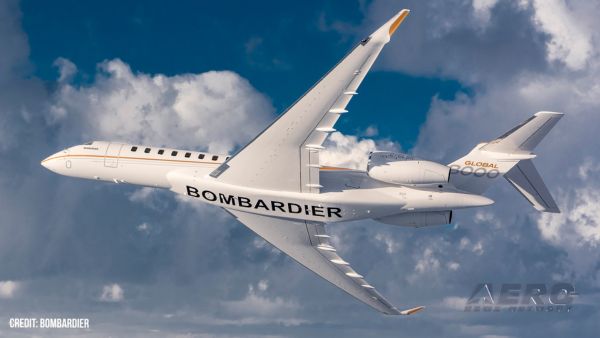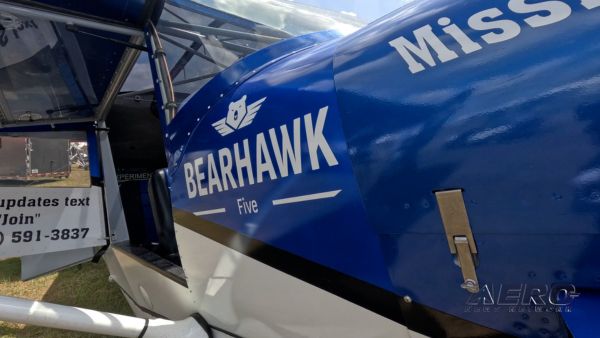Passenger Volume Back to Pre-2001 Levels
The number of people
flying in the United States will return to pre-2001 levels this
year, with an average annual growth rate of 3.4 percent expected
over the next 12 years, according to the annual 12-year aviation
forecast report released today by the U.S. Department of
Transportation’s Federal Aviation Administration (FAA).
According to FAA Aerospace Forecasts Fiscal Years 2005-2016,
last year 688.5 million flew on U.S. commercial air carriers. By
2015, the number of passengers is expected to top one billion.
"Deregulation has delivered a dynamic industry where consumers
are driving change. Airline customers have more options, at lower
fares, based on more timely information, than ever before -–
and our economy is better off as a result," said U.S. Secretary of
Transportation Norman Y. Mineta.
"The FAA is committed to keep aviation growing," said FAA
Administrator Marion C. Blakey. "We are redesigning airspace,
deploying new software that will help increase capacity, and
putting new procedures in place. These forecast trends will require
that the FAA’s resources be properly targeted during this
period of change. We will be ready."
Despite economic difficulties facing many of the nation’s
large airlines, the strength of regional air carriers and
international travel plays a large role in keeping demand for
aviation services on a continued path for growth, according to the
report.
The regional/commuter airlines are projected to experience the
greatest increase in passenger volume among commercial air
carriers, up 15.4 percent from last year. The FAA defines
regionals/commuters as airlines that generally operate aircraft of
70 seats or less, with a main mission to link passengers to a
larger affiliated, or code-shared, airline. The regional jet fleet
is expected to undergo the largest increase, from 1,630 aircraft in
2004 to 2,960 by 2016.
Despite the increased price of fuel and a slower rate of growth
than regional airlines, large domestic carriers also are forecast
to see an increase in passengers from 502.2 million in 2004 to 700
million by 2016, equal to 2.8 percent each year.
Air travel to and from
the United States is also on the rise. International passenger
travel on large commercial and regional air carriers increased from
54.1 million in 2003 to 61.3 million in 2004, an increase of 13.4
percent. Over the 12-year forecast period, the largest increases in
international travel are slated to occur on Latin American routes
at a rate of 5.5 percent more passengers annually.
In 2004, total landings and takeoffs at combined FAA and
contract towers rose 0.5 percent, the first increase in activity
since 2000. Of the users in the aviation community, commuters/air
taxis increased their operations by 7 percent and 0.8 percent
respectively. General aviation, or private flying, and military
flights both declined in activity. Commercial aircraft operations
are now at 1999 levels, while non-commercial operations are at 1996
levels.
The FAA bases its forecast of sustained aviation growth on
economic projections from the Office of Management and Budget
(OMB). According to OMB, the nation’s Gross Domestic Product
is projected to increase from $10.7 billion in 2004 to $15.6
billion in 2016, with a moderate inflation rate of 1.5 percent
annually during that period.
 Airborne 05.19.25: Kolb v Tornados, Philippine Mars, Blackhawk Antler Theft
Airborne 05.19.25: Kolb v Tornados, Philippine Mars, Blackhawk Antler Theft Airborne 05.23.25: Global 8000, Qatar B747 Accepted, Aviation Merit Badge
Airborne 05.23.25: Global 8000, Qatar B747 Accepted, Aviation Merit Badge ANN's Daily Aero-Term (05.23.25): On-Course Indication
ANN's Daily Aero-Term (05.23.25): On-Course Indication Aero-News: Quote of the Day (05.23.25)
Aero-News: Quote of the Day (05.23.25) ANN's Daily Aero-Linx (05.23.25)
ANN's Daily Aero-Linx (05.23.25)


